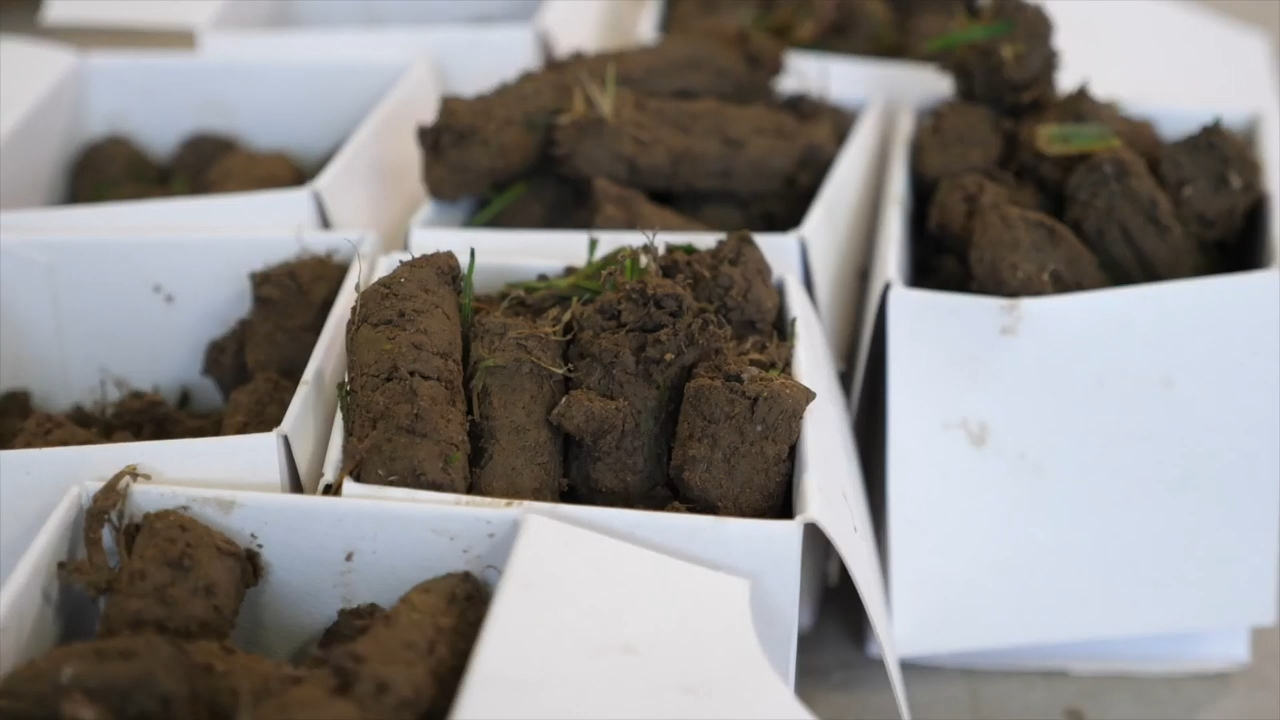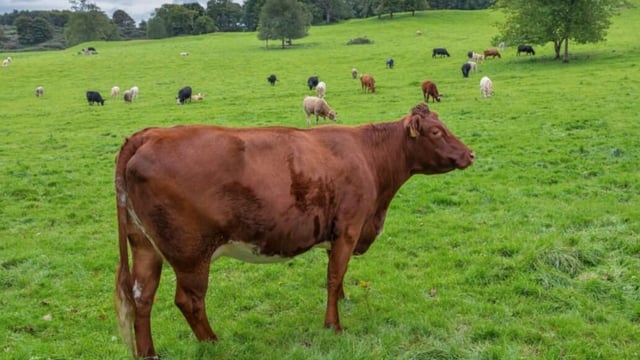Tillage: Soil quality – what is its function?
Soil quality and type can vary widely within a single farm In Ireland. And, no doubt, the same principle holds in countries around the world.
But as Teagasc soil scientist, Dr. Karen Daly points out on the Tillage Edge podcast, the unifying criterion that determines a soil’s quality is its ‘function’.
It’s all about the job that a soil is expected to do.
“Soil function could be focused on primary production, in other words the production of food, raw materials or carbon capture," she stated.
“The narrative around the EU’s new health law will focus on the development of healthy ecosystems. So, again it comes back to the key parameters that define the actual use to which a soil is put," she explained.
Morgan’s test is extensively used in Ireland as it allows for an accurate assessment of phosphorous (P), potassium (K) and, to an extent, magnesium (Mg).
It also delivers a soil pH value and an accompanying liming requirement. These are the building blocks when it comes to getting quality correct.
But a range of other soil tests are used in countries around the world.
“The fundamental basis of any test is to try and see what the plant sees and, specifically, what’s going on at the root zone," Daly continued.
“These are then used to extract out available forms of the nutrients that are in soils under test.
According to Daly, Morgan’s P test is very efficient on highly nutrient and slightly acidic soils, which makes it so suited to this country.
“There are some exceptions to this rule of thumb,” she added.
“Certain limestone soils can be very alkaline in nature. We carried out a review of numerous soil test options again in the 1990s with both grassland and tillage soils.
“And this work, again, re-affirmed the stand alone relevance of the Morgan’s P test for this country.”





